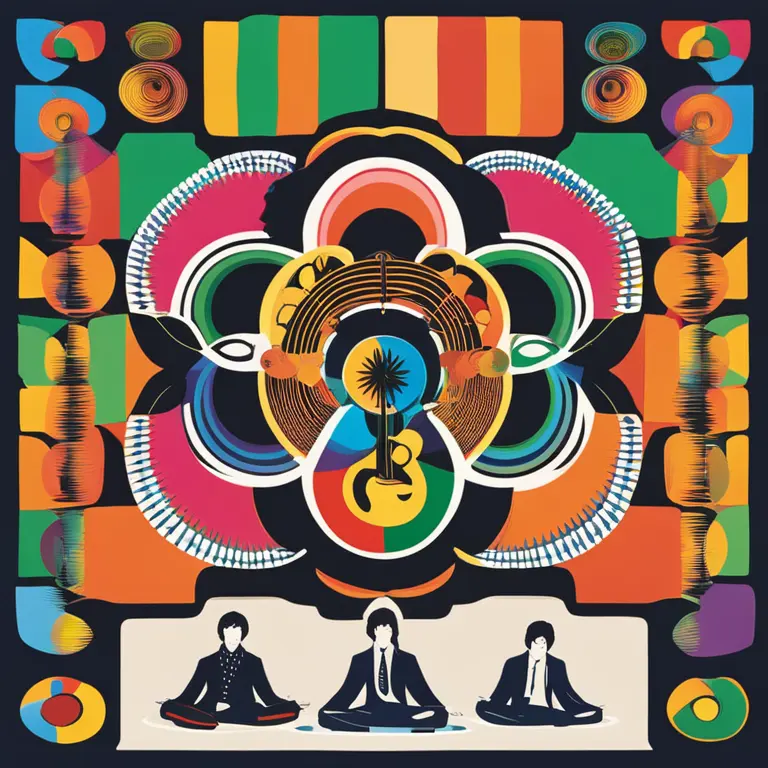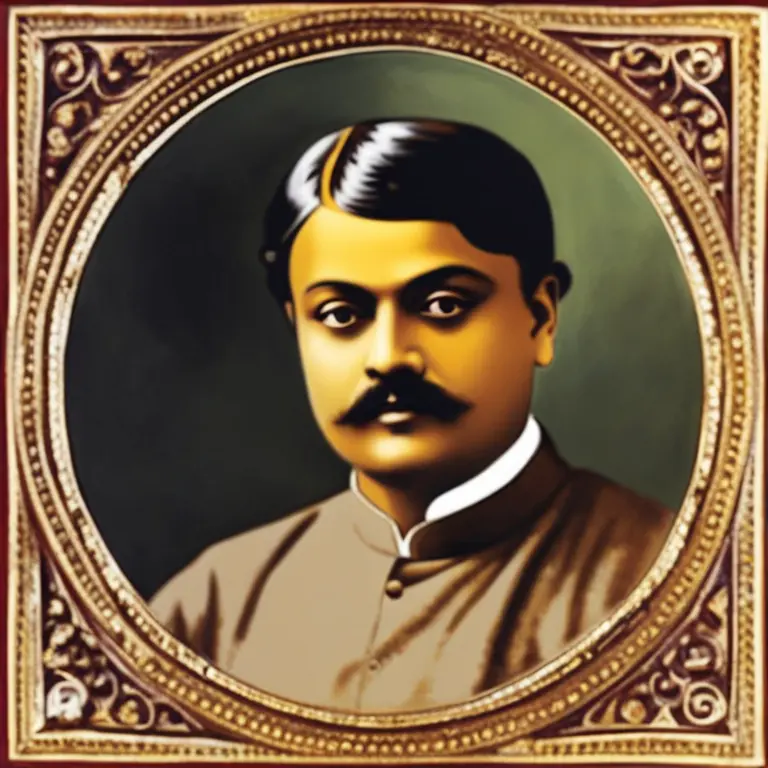
The Pioneers of Meditation Journey
Trace the journey of meditation from its Eastern origins to its modern Western prominence. Discover the key figures who introduced this ancient practice to the West.
article by Hina Kurosawa
Origins of Meditation in the East
Meditation, a practice deeply rooted in the ancient traditions of the East, has become a cornerstone of wellness in the West. Its origins can be traced back to spiritual disciplines such as Hinduism and Buddhism, where the primary focus was achieving enlightenment and deep introspection. As a fundamental component of Eastern spirituality, meditation served not only as a method for self-realization but also as a ritual to connect with the divine. Due to its profound impact on mental, emotional, and physical health, it was only a matter of time before it travelled to Western cultures.

Swami Vivekananda's Western Debut
The initial act of introducing meditation to the Western world is often credited to Swami Vivekananda. His appearance at the Parliament of the World's Religions in Chicago in 1893 marked a pivotal moment. There, he presented Vedic philosophy and the art of meditation as a means for personal transformation, planting the seed of Eastern spirituality in the soils of America. His message of unity and self-empowerment resonated with many, setting the stage for a growing curiosity and appetite for meditation in the West.

Transcendental Meditation and the Beatles
Fast forward to the 1960s, Transcendental Meditation (TM), a practice developed by Maharishi Mahesh Yogi, garnered global attention, especially after the Beatles visited his ashram in India. Their spiritual journey and public endorsement of TM thrust meditation into the limelight as a tool for peace and creativity. By making meditation approachable and appealing to a broader audience, Maharishi Mahesh Yogi significantly expanded its Western footprint.

Scientific Foundations and Jon Kabat-Zinn
A more contemporary figure pivotal to Western meditation is Jon Kabat-Zinn, who, in 1979, founded the Stress Reduction Clinic at the University of Massachusetts Medical School. Kabat-Zinn developed Mindfulness-Based Stress Reduction (MBSR), a program that infused meditation with a scientific and secular approach, making it accessible and acceptable to those outside spiritual communities. His work established a dialogue between meditation and science, reinforcing its legitimacy and versatility.

Meditation in the Digital Era
In the digital age, meditation has been revolutionized once more. Apps like Headspace and Calm have brought meditation into the daily routines of millions, offering guided sessions at the push of a button. These platforms have demystified meditation and encapsulated its essence for an audience that seeks practicality without sacrificing depth. Furthermore, social media influencers and wellness coaches continue to play a critical role in propagating the benefits of meditation to an ever-wider audience.
Meditation Today and Tomorrow
Today, meditation is no longer an exotic practice from the East; it has been woven into the fabric of Western society, with its principles being taught in schools, offices, and prisons alike. Emerging research continues to highlight its various benefits, ensuring that meditation remains a relevant and evolving aspect of Western lifestyle well into 2024 and beyond. It is a testament to the visionaries who saw value in a practice thousands of years old, reviving and reshaping it for a new era.
Published: 1/14/2024
Modified: 1/15/2024
More predictions
Come back here soon to learn more about yourself and your future


Mindfulness Meditation: A Handbook for High Schoolers
Discover how mindfulness meditation can benefit high school students, enhancing focus, reducing stress, and promoting overall well-being.


Easing Loneliness with Meditation
Discover how mindfulness meditation can provide solace and connection to mitigate feelings of loneliness, enhancing emotional and mental well-being.


Harmonizing Life with Meditation Mantras
Delve into the transformative power of meditation mantras to align mind, body, and spirit for a harmonious existence.